

Impact and Reporting

Tracking our ecological footprint and remaining accountable
Impact
- Real estate
- Cooling systems
- Generators and heating systems
- Storage tank systems for petroleum products
- Energy consumption
- Water consumption
- Air emissions
- Non-hazardous waste
- Recovered electronic waste and hazardous waste
- Fleet management
Reporting
- Reported environmental incidents
- Government inspections
- Projects subject to the Canadian Environmental Assessment Act
Impact
Real estate
The Real Estate Services portfolio currently includes 80 buildings, of which 27 are owned and 53 are leased.
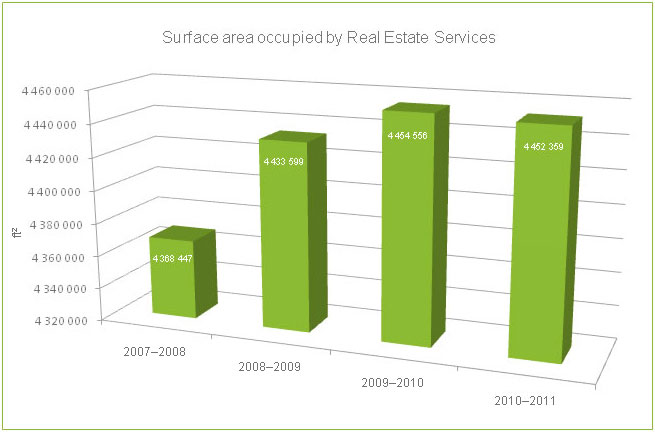
Cooling systems
The inventory of cooling systems remains mostly unchanged from last year with a total of 447 systems and an estimated total cooling capacity of 18 500 tonnes.
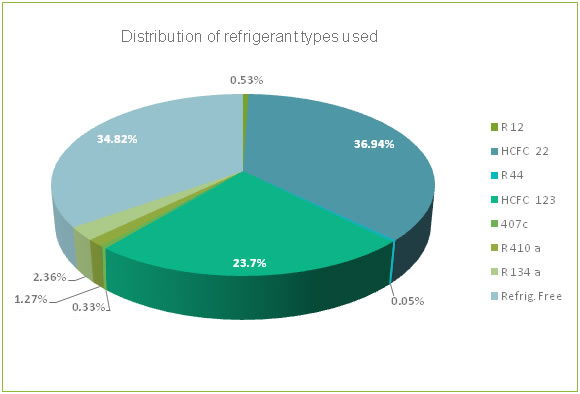
Generators and heating systems
The Transmission Division and Real Estate Services operate 169 generators with an estimated total capacity of 24 000 kilowatts.
Storage tank systems for petroleum products
The storage tank inventory includes a total of 267 tanks, which have a total capacity of 612 709 litres. Fifty of these tanks are subject to the federal Storage Tank Systems for Petroleum Products and Allied Petroleum Products Regulations.
Energy consumption
Energy consumption remained nearly flat at 232.5 million kilowatt-hours. To reduce energy consumption and our carbon footprint, the Corporation is undertaking the accelerated replacement of incandescent TV production lighting with Light Emitting Diode (LED) lighting.

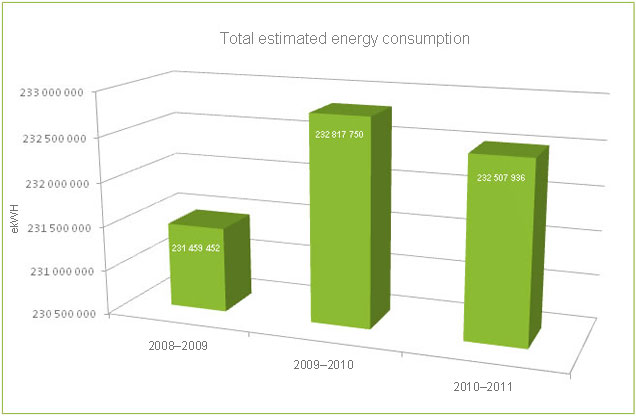
Water consumption
Normalized consumption was 76 litres per square foot, a negligible increase from 72.3 litres per square foot the previous year. Our consumption remains below the industry benchmarks, which range from 89 litres per square foot to 189 litres per square foot.
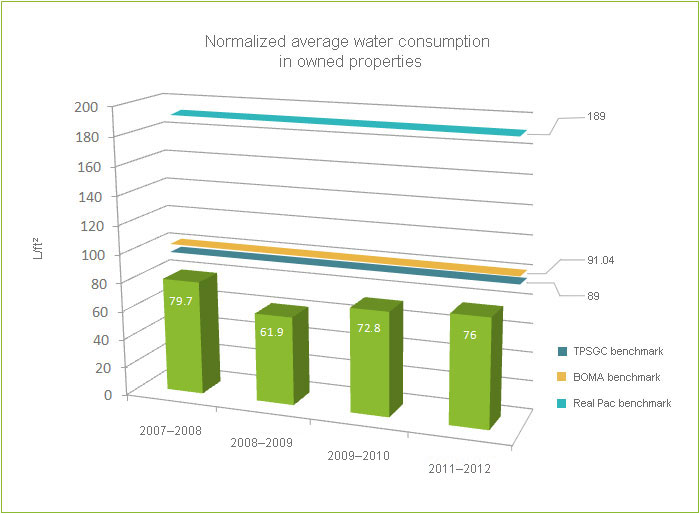
Air emissions
Total air emissions reached 58 000 kilograms of carbon dioxide equivalent and remained fairly steady when compared to the 2009–2010 results.
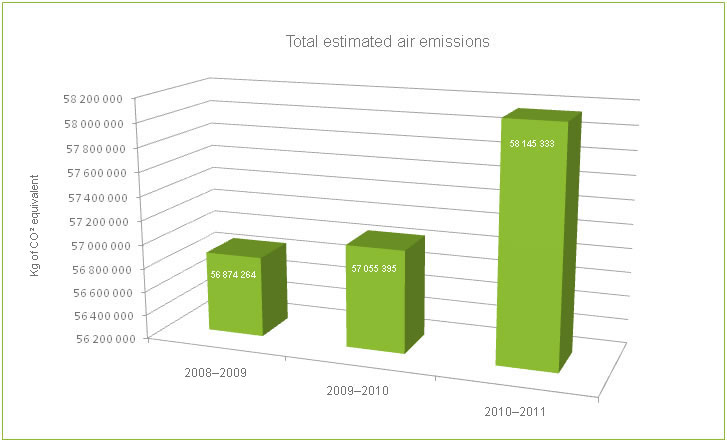
Non-hazardous waste
Real Estate Services implemented non-hazardous waste recovery and recycling programs in 24 of our 27 owned buildings. Our diversion rate has improved significantly to 69.6%. This is a jump of nearly 10% over our performance in 2008–2009.
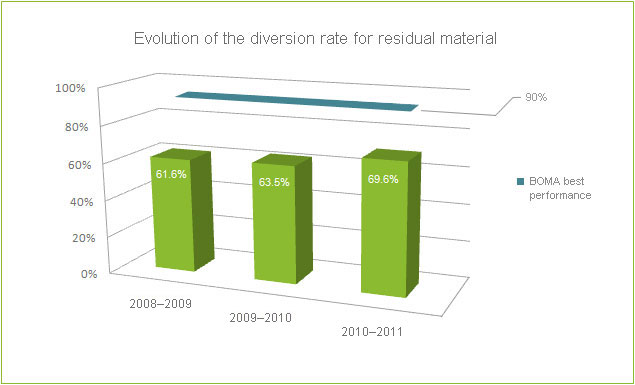
Recovered electronic waste and hazardous waste
We implemented an electronic waste recycling program last year that now operates in Toronto, Montreal, Vancouver, Thunder Bay and Sudbury. A national battery recycling program was introduced in 27 buildings, reaching 88% of staff. We will continue to expand this program in the coming year.
The table below illustrates the amount of electronic waste recovered over the last three fiscal years. There was peak disposal in 2009–2010 due to a major technological change that required us to dispose of obsolete equipment. This explains the decrease in diversion in 2010–2011.
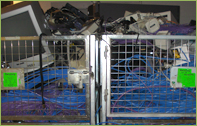
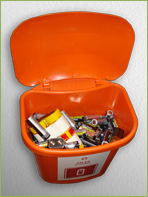

The table below breaks down the total amount of recovered hazardous waste, by type of waste.
| Recovered hazardous waste | ||||
| Batteries (kg) |
Fluorescent tubes (ft.) |
Mercury lamps (#) |
Paint, adhesives, oil products (L) |
PCBs (L) |
| 20 537 | 29 228 | 852 | 380 | 4 114 |
Fleet management
Fleet Challenge, a not-for-profit organization, finalized its environmental analysis of the CBC/Radio-Canada fleet of approximately 700 vehicles. The analysis looked for opportunities to improve our fleet's performance and to lessen our environmental impact and our costs. The next step for this project is to develop an action plan to implement the report's recommendations.
Reporting
Reported environmental incidents
A total of 38 environmental incidents (37 by the Corporation; one by a third party) were reported from April 1, 2010, to March 31, 2011. This number is up from a total of 27 incidents the previous year.
All incidents reported can be attributed to spills (oil, paint or any other hazardous material) or to leaks (mainly halocarbons from cooling systems). Fourteen incidents required external reporting and 32 of the leaks caused by the Corporation involved halocarbon releases (ranging from 0.45 to 138 kilograms). When considering the amount of equipment used, these halocarbon releases are relatively few. In addition, our preventive maintenance standards compare advantageously with industry standards.
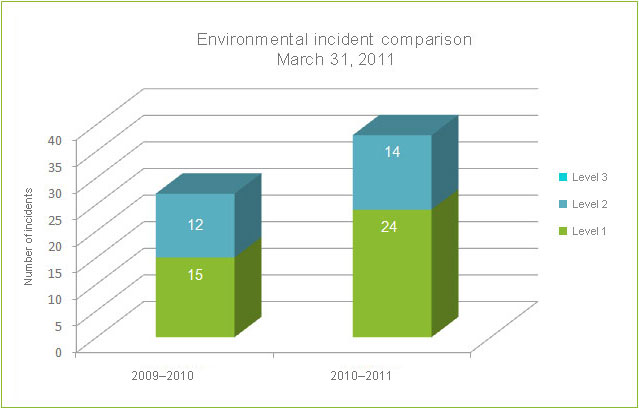
Definitions:
- Level 1: Incidents that can be controlled on-site and that have little to no environmental impact, and that do not develop into an emergency.
- Level 2: Incidents that must be handled using external resources and that could require reporting to governmental authorities and/or trigger internal escalation procedures.
- Level 3: Incidents that could have a severe impact on the environment. They require reporting to governmental authorities and could trigger the application of the emergency operating procedures.
Government inspections
Environment Canada conducted a total of six inspections in our buildings (Iqaluit, Toronto, Windsor, Montreal, Trois-Rivières and Vancouver). These inspections were to verify compliance with regulations on halocarbons and on storage tank systems for petroleum products. Some minor discrepancies were noted, mostly related to record keeping and equipment identification. For this reporting period, no warning letters or infractions were issued.
Projects subject to the Canadian Environmental Assessment Act
Three projects were subject to the Canadian Environmental Assessment Act (CEAA). Two assessments were triggered by the replacement of fuel storage tanks (Mount Champlain and Mount Seymour). An assessment is underway due to the replacement of 24 timber anchor piles associated with four transmission towers situated off the coast of Steveston, British Columbia.

 Menu
Menu